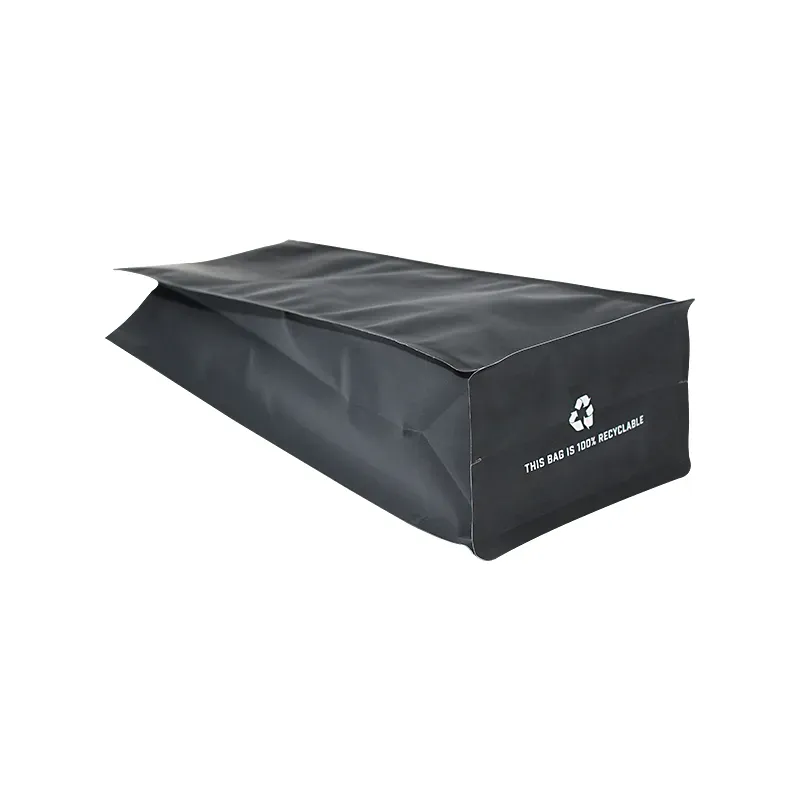- Afrikaans
- Albanian
- Amharic
- Arabic
- Armenian
- Azerbaijani
- Basque
- Belarusian
- Bengali
- Bosnian
- Bulgarian
- Catalan
- Cebuano
- chinese_simplified
- chinese_traditional
- Corsican
- Croatian
- Czech
- Danish
- Dutch
- English
- Esperanto
- Estonian
- Finnish
- French
- Frisian
- Galician
- Georgian
- German
- Greek
- Gujarati
- haitian_creole
- hausa
- hawaiian
- Hebrew
- Hindi
- Miao
- Hungarian
- Icelandic
- igbo
- Indonesian
- irish
- Italian
- Japanese
- Javanese
- Kannada
- kazakh
- Khmer
- Rwandese
- Korean
- Kurdish
- Kyrgyz
- Lao
- Latin
- Latvian
- Lithuanian
- Luxembourgish
- Macedonian
- Malgashi
- Malay
- Malayalam
- Maltese
- Maori
- Marathi
- Mongolian
- Myanmar
- Nepali
- Norwegian
- Norwegian
- Occitan
- Pashto
- Persian
- Polish
- Portuguese
- Punjabi
- Romanian
- Russian
- Samoan
- scottish-gaelic
- Serbian
- Sesotho
- Shona
- Sindhi
- Sinhala
- Slovak
- Slovenian
- Somali
- Spanish
- Sundanese
- Swahili
- Swedish
- Tagalog
- Tajik
- Tamil
- Tatar
- Telugu
- Thai
- Turkish
- Turkmen
- Ukrainian
- Urdu
- Uighur
- Uzbek
- Vietnamese
- Welsh
- Bantu
- Yiddish
- Yoruba
- Zulu
Understanding the Materials Used in the Production of Plastic Bags
What Plastic Bags Are Made Of
Plastic bags are an ubiquitous part of modern life, appearing in grocery stores, retail outlets, and venues worldwide. Their convenience, lightweight design, and water-resistant properties have made them a staple for carrying goods. However, the materials used to produce these bags raise significant environmental concerns that are increasingly important in today's world. To understand the impact of plastic bags, it is vital first to explore what they are made of.
Most plastic bags are made from polyethylene, a polymer derived from petroleum. Polyethylene comes in various forms, including low-density polyethylene (LDPE) and high-density polyethylene (HDPE). These materials are created through the polymerization process, where small molecules called monomers (in this case, ethylene) are chemically bonded together to form long chains. The properties of the resulting plastic depend largely on how these chains are arranged and the density of the material.
Low-Density Polyethylene (LDPE)
LDPE is known for its flexibility, toughness, and resistance to moisture, making it an ideal choice for soft plastic bags. These bags are often used in grocery stores for produce or as bin liners. LDPE is typically produced using a high-temperature, high-pressure process which results in long, branched polymer chains. This branching gives LDPE its characteristic softness and flexibility but makes it less suitable for carrying heavier items.
High-Density Polyethylene (HDPE)
On the other hand, HDPE is stiffer and more durable than LDPE. It is produced at lower temperatures and pressures, resulting in a more linear polymer structure with fewer branches. HDPE bags are commonly used for grocery shopping and are recognized for their strength and resilience. These bags can carry heavier weights without tearing and are often preferred for packaging when durability is essential.
what plastic bags are made of

Both LDPE and HDPE are considered single-use plastics because they are typically used for a short duration before being discarded. In recent years, there has been a growing awareness of the environmental repercussions of plastic waste, particularly with regard to marine pollution and landfill overflow. Studies estimate that millions of plastic bags are used globally each year, many of which end up in oceans and forests, contributing to the mounting issues related to plastic pollution.
Biodegradable Alternatives
With increasing concerns about plastic waste, some manufacturers have begun to explore biodegradable alternatives. These bags are made from plant-based materials, such as starch or polylactic acid (PLA), which can decompose more readily than traditional plastics. While such options are promising, they also come with their own set of challenges. Many biodegradable plastics require specific conditions to degrade effectively, such as industrial composting facilities, which are not universally available.
Recycling Efforts
Recognizing the need for sustainability, many regions have implemented recycling programs specifically for plastic bags. Recycling polyethylene can help reduce the demand for new plastic production. However, the recycling rate for plastic bags remains relatively low due to contamination issues and limitations in existing recycling infrastructure. Many consumers are unaware that plastic bags should not be disposed of in regular recycling bins and should be returned to designated collection points instead.
Conclusion
In summary, plastic bags are primarily made from polyethylene, specifically LDPE and HDPE, both of which have been integral to their popularity due to their durability and versatility. However, the environmental impact of plastic usage cannot be ignored, prompting a shift towards more sustainable practices. Consumers play a crucial role in reducing plastic waste by choosing reusable bags, supporting recycling initiatives, and advocating for biodegradable alternatives. As awareness grows and technology improves, the future of plastic bags may well shift towards solutions that balance convenience with environmental stewardship.













